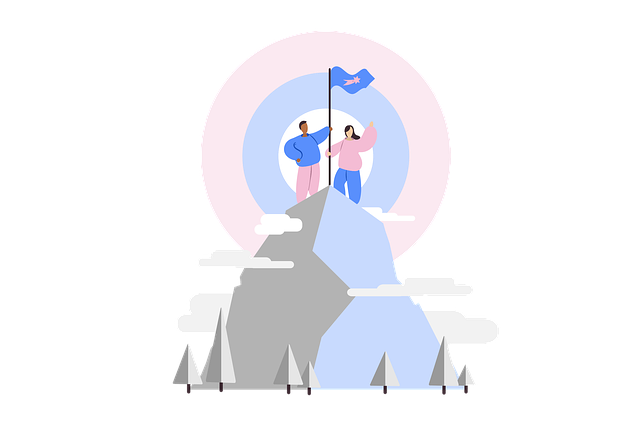The drive reduction theory of motivation, which explains behavior, learning, and motivation, entered the mainstream during the 1940s and 1950s. The theory was developed by behaviorist Clark Hull. According to the theory, the prime force behind motivation is the reduction of drives. According to an early theory of motivation, maintaining homeostasis is particularly important to behavior. Within a biological system, homeostasis refers to the tendency for it to maintain a balance, or optimal level. Body systems have control centers (in most cases, part of the brain) and receptors (complexes of neurons). When the control center detects a body imbalance, it directs effectors (which can be neurons) to correct it.
According to this idea, Hull said that all motivation arises as a result of these biological needs. The term “drive” was used by Hull which means the state of tension or arousal which is usually caused by some biological need or physiological needs. Hunger, thirst, and the desire for warmth are examples of drives. A drive generates tension that needs to be relieved. As a means of reducing this tension, humans and animals seek to fulfill these biological needs. When we are thirsty, we get a drink. When we are hungry, we eat. Humans and animals repeat these behaviors to reduce these drives.
Types of drive in drive reduction reduction theory:
Generally, there are two types of drives in drive-reduction theories.
Primary and Secondary drives. Innate biological drives (such as thirst, hunger, and sex desire) are essential for survival, these are primary drives. In contrast, secondary drives are usually not necessary for survival, and are often linked to social or identity factors (e.g., the desire for wealth). Secondary drives are associated with primary drives because satisfaction of secondary drives provides satisfaction of primary drives. Wealth, for example, is not essential to survival; however, it provides you with money that can be used to buy food, shelter, and other basic needs, indirectly satisfying these primary drives. Therefore we can say that classical conditioning causes secondary drives to become linked to primary drives. These biological needs slowly become our psychological needs.
Maslow's hierarchy of needs, better known as the theory of human motivation, is considered one of the cornerstones of understanding human motivation. It continues to be used today as a foundation for other theories of motivation and behavior. According to the theory of human motivation, we all have a set of basic needs that must be met, including biological and psychological, safety, belongingness, and love, as well as self-esteem and self-actualization. Once we have met our basic needs, such as shelter and love, we can focus on our higher-order needs like self-esteem and self-actualization. On the basis of this theory, psychologist David McClelland believed that we all possess three motivations: a need for achievement, a need for affiliation, and a need for power. Different people have different characteristics depending on their dominant motivator. If a person's dominant motivator is Achievement, then the person aspires to set and achieve challenging goals. If the motivator is Affiliation, Is eager to be liked, and will often go along with whatever the group wishes and if the motivator is power, wants to control and influence others.
Motivation mostly has two pathways, Intrinsic and Extrinsic motivation. Intrinsic motivation is motivation that comes from the inside of the individual, based on his personal needs or enjoyment of the task. Motivated by feelings of accomplishment, satisfaction, accomplishment rather than by external factors such as pressure, deadlines, etc. It is motivated by fun, challenge, interest, etc. When intrinsic motivation is present, high quality work results, tasks are accomplished in a timely manner, challenges are met and excellence is achieved.
On the other hand, extrinsic motivation is a type of motivation where a person is motivated in order to earn rewards or prevent negative consequences. This is a type of operant conditioning. Operant conditioning uses reward and punishment to increase the likelihood of certain behavior. A promotion, fame, grade, recognition, or punishment can all be used.
It is important to understand motivation in many areas of life, from parenting to the workplace. For your own motivation as well as for that of others, you may wish to set the best goals and institute the right reward systems.
Criticism:
-
The foremost or the biggest issue with Hull’s reduction theory is that it fails to explain how a drive is reinforced by some secondary reinforcers. For example, money cannot fulfil our biological and psychological needs but it can help in the assistance of a drive.
-
It fails to explain the reason behind the behavior of humans and animal behaviour.
-
One more limitation is seen when we tend to explain the pleasure seeking behvior.
Read more:
Toxic Masculinity: Common Issues And How To Fight It

